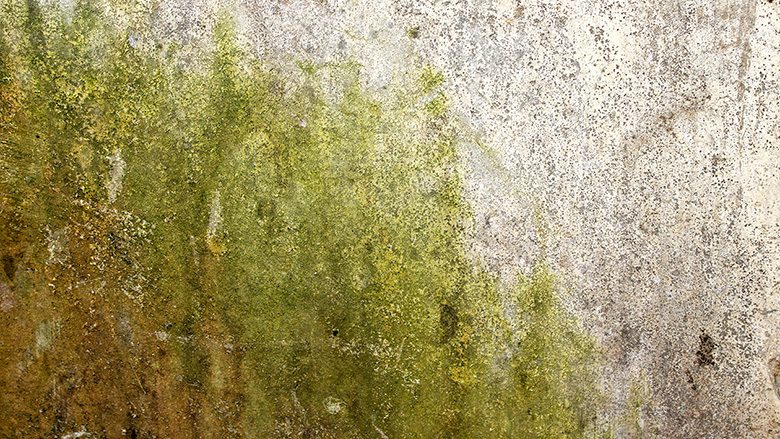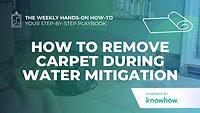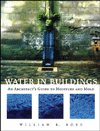Weekly Hands-on How-To powered by KnowHow
How To Remove Hardwood Floors during Water Mitigation
A comprehensive guide on Removing Water-Damaged Hardwood Floors

All images provided by KnowHow.
When water invades a home, hardwood flooring often bears the brunt of the damage. Warping, buckling, and moisture retention aren’t just cosmetic issues—they’re red flags for mold growth and structural compromise. As a restorer, knowing when and how to remove water-damaged hardwood is a crucial part of the mitigation process.
Doing it right not only protects the home but also saves time, effort, and resources down the line. In this weekly how-to, powered by KnowHow, we’ll guide you through the best practices for assessing, removing, and disposing of damaged hardwood flooring. From securing adjuster approval to cleaning the subfloor for the next steps, this guide equips you with the strategies to handle this task efficiently and professionally.
Let’s get started!
Note: This Weekly Hands-On How-To was based on this template in KnowHow’s template library.
Step 1: Get Adjuster Approval
Before diving into the removal process, secure approval from the insurance adjuster. This step is crucial to ensure the work is authorized and aligns with the insurance claim.
- Submit a detailed assessment, including photos, moisture readings, and reports that highlight the water damage and justify the removal of the hardwood flooring.
- Maintain open communication with the adjuster to confirm alignment on the scope of work and obtain formal authorization.
Step 2: Determine When to Remove Hardwood During Water Mitigation
Assess the hardwood flooring to decide whether removal is necessary. Identifying this early prevents further damage and moisture retention.
- Use a moisture meter to measure the moisture content in the wood and surrounding areas.
- Evaluate the flooring’s condition for signs like warping, buckling, or discoloration.
- If the damage is extensive and the flooring cannot be salvaged, proceed with removal to prevent mold growth and structural deterioration.
Step 3: Prepare the Work Area
Before starting the removal process, clear the space of furniture, rugs, and other items to create a safe, unobstructed workspace. Ensure the area is well-lit and ventilated for optimal working conditions, and protect any adjacent areas with coverings to prevent accidental damage.

Step 4: Identify the Starting Point
Choose a starting point for removal, ideally at a corner or along the room’s edge. Starting here allows for a systematic and controlled removal process, reducing the risk of unnecessary damage to nearby flooring or structures.
Step 5: Pry Up the First Hardwood Piece
Removing the first plank is often the trickiest part, but it sets the tone for the rest of the process.
- Use a pry bar or floor scraper to carefully lift the first piece from the selected starting point.
- Work slowly and methodically to minimize splintering or breaking. Salvaged pieces may be reused or repurposed later.
Step 6: Cut Hardwood to Remove
To streamline the process, divide the hardwood flooring into smaller, manageable sections.
- Use a circular saw to cut along the edges of the flooring.
- Be mindful of the depth of the saw blade to avoid damaging the subfloor beneath.

Step 7: Continue Removing the Hardwood
With the first piece removed, work row by row, using a pry bar or floor scraper to lift each plank carefully. Move methodically to avoid damaging the subfloor and maintain control of the process as you progress.
Step 8: Dispose of the Removed Hardwood
Once the planks are removed, stack them neatly in a designated area to keep the workspace tidy. If the wood is salvageable, consider recycling or repurposing it to minimize waste while maintaining a professional, sustainable approach.
Step 9: Clean the Subfloor
Finish the process by thoroughly cleaning the exposed subfloor, ensuring it’s ready for the next steps in the mitigation or restoration process.
- Remove debris, adhesive residue, nails, and any remaining pieces of wood.
- Inspect the subfloor for potential damage and document any necessary repairs before proceeding with new flooring installation.
Wrapping Up Hardwood Removal
Removing water-damaged hardwood floors is a key step in preventing further damage and setting the stage for effective restoration. Each step—from gaining adjuster approval to cleaning the subfloor—plays a vital role in ensuring a smooth and professional job.
But when you’re managing so many moving pieces on-site, it’s easy to forget the finer details. That’s where KnowHow shines. With instant, on-the-job access to your SOPs and best practices, KnowHow keeps your team confident, efficient, and prepared for every task.
Take the guesswork out of restoration. Visit tryknowhow.com to see how we can help your team tackle each job with ease.
Looking for a reprint of this article?
From high-res PDFs to custom plaques, order your copy today!







